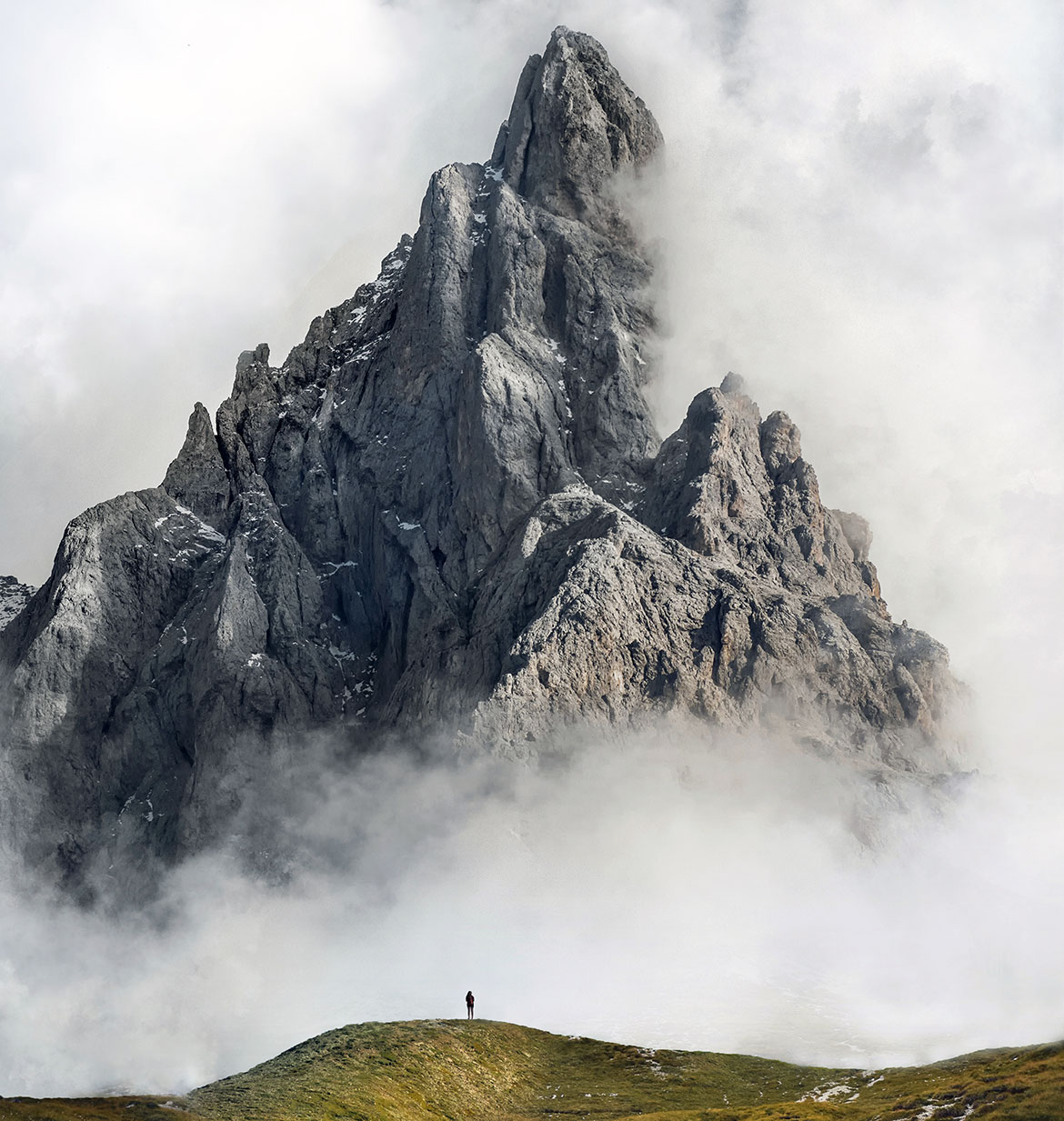Welcome to the last Re-emergence/emergency walk this spring!
May 23 kl. 12.15-14.00: Escaping the Crucible and Re-Envisioning our Planetary Future with Aaron M. Ellison
Where: The walk will start outside of CEMUS, Villavägen 16, see map here: https://bit.ly/336Zxma. We will walk to Stadsskogen, then along the winding paths in Stadsskogen to Valltjärn where we will light a fire. Bring your own fika (thermos of coffee or tea and/or some food to share).
Registration: No registration, just be there a couple of minutes before we walk from Villavägen 16.

Questions and framing
We are living in a time with no precedent in the relatively brief, 200,000 years of human history. The planet is warming at a rate unseen in over 400 million years while the climate is becoming increasingly chaotic, biodiversity is declining precipitously, and novel zoonotic diseases are appearing with catastrophic consequences for human health and society. Is this planetary “state of emergency” an exception or is it the rule?
If it’s an exception, imagine that you have sufficient (super)powers to heed the alarm, stanch the bleeding, and return the Earth to a sustainable, healthy state. Today. Now. Immediately. What would you do, and what would the world be like in 5 years?
If it’s the rule, imagine that you can learn to treat instability as the norm and live effectively within a continuous state of emergency, now and into the future. What would the world look like if we were able to continuously meet change with change?
Background material
Background reading, watching is available here: www.cemus.uu.se/background-may-23-2022/
Aaron M. Ellison Natural Sciences Fellow, SCAS. Senior Research Fellow in Ecology (Emeritus), Harvard University
 Aaron M. Ellison is the Senior Research Fellow in Ecology (Emeritus) at Harvard University and a photographer, sculptor, and writer. For over thirty years, his research has focused on studying the disintegration and reassembly of wetland and forested ecosystems following natural and anthropogenic disturbances; the evolutionary ecology of carnivorous plants; the response of plants and ants to global climate change; and the application of Bayesian statistical inference to ecological research and environmental decision-making. His photographs have been widely exhibited, published, and collected, and his sculptures have been exhibited at Harvard and North Carolina State University. Read more: http://www.swedishcollegium.se/subfolders/Fellows/Invited_Fellows/2021-22/ellison.html
Aaron M. Ellison is the Senior Research Fellow in Ecology (Emeritus) at Harvard University and a photographer, sculptor, and writer. For over thirty years, his research has focused on studying the disintegration and reassembly of wetland and forested ecosystems following natural and anthropogenic disturbances; the evolutionary ecology of carnivorous plants; the response of plants and ants to global climate change; and the application of Bayesian statistical inference to ecological research and environmental decision-making. His photographs have been widely exhibited, published, and collected, and his sculptures have been exhibited at Harvard and North Carolina State University. Read more: http://www.swedishcollegium.se/subfolders/Fellows/Invited_Fellows/2021-22/ellison.html
Read more about the all walks spring 2022 here: http://www.cemus.uu.se/emerg-walks/
CEMUS invites you to a series of re-emergence, emergency walks to explore issues, questions and unknowns central to our ability to re-imagine and re-shape human societies and culture.
feel how your breathing makes more space around you.
Let this darkness be a bell tower
and you the bell. And as you ring,
what batters you becomes your strength.
Move back and forth into the change.
What is it like, such intensity of pain?
If the drink is bitter, turn yourself to wine.
In this uncontainable night,
be the mystery at the crossroads of your senses,
the meaning discovered there.
And if the world has ceased to hear you,
say to the silent earth: I flow.
To the rushing water, speak: I am.Part Two XXIX Sonnets to Orpheus by Rainer Maria Rilke (translated by Anita Barrows and Joanna Macy p. 135)

We as human beings, educators, researchers and universities are failing in bringing about meaningful and radical (to the root causes) change – systemic changes of systems that are destroying human and more-than-human worlds.
We need to explore and rediscover old ideas and ways of organising resistance, and build new spaces that can survive the present-future destruction and madness.
The idea is also built on and inspired by the botanical walks – Herbationes Upsalienses – that Linnaeus did around Uppsala during the 18th century, read more here: The Linnaeus Trails.
The concept is simple: before the actual walking discussion you can watch a background-video or presentation or movie/audio that aims to provoke and inspire some initial thoughts, feeling on the topic being discussed. Then we gather, walk somewhere out of the city or to a certain destination; engage in dialogue, disagreement, discussion two and two; find a space for fika and further discussion (sometimes around a fire); then walk back and have a conversation with someone new.
